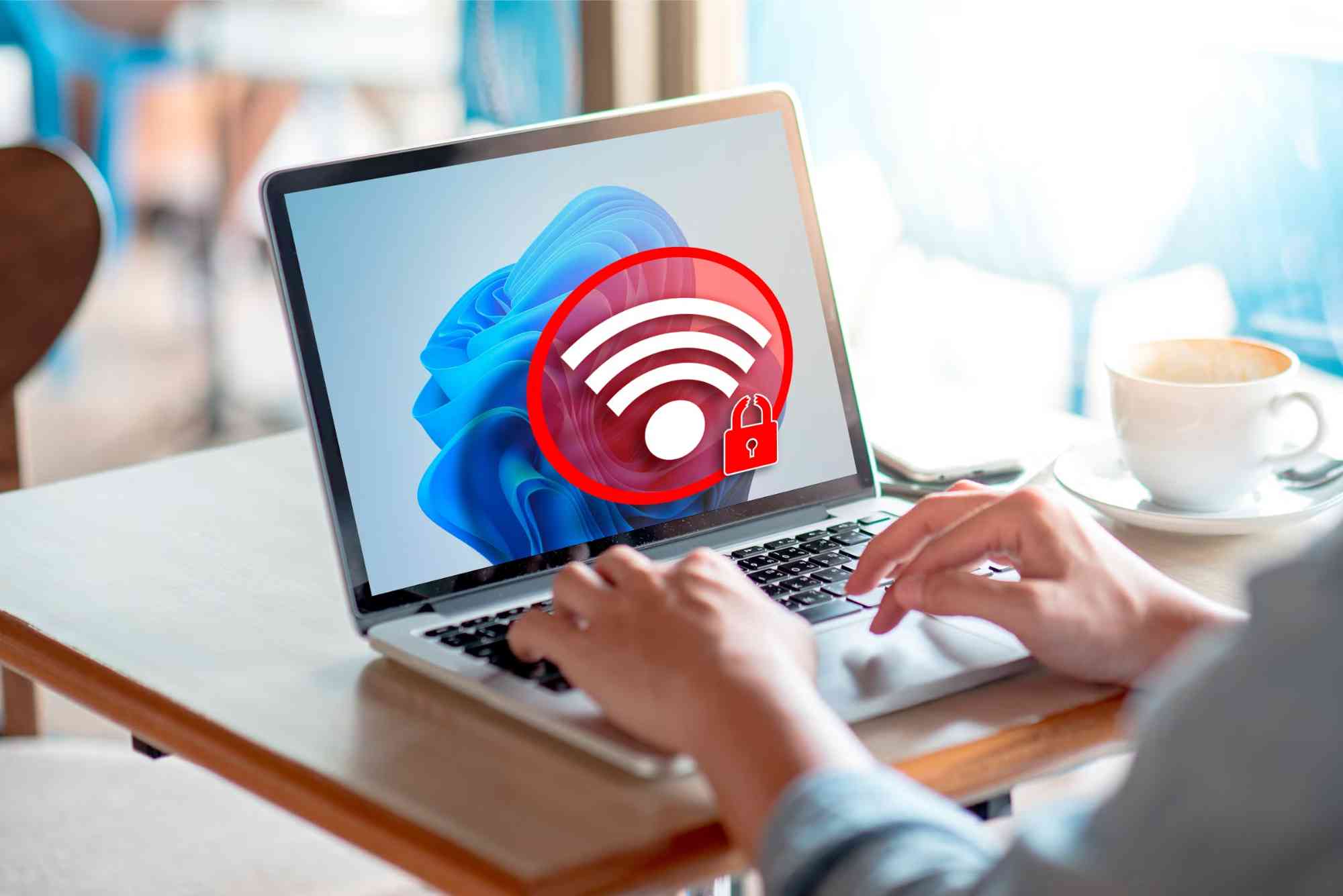Introduction
Nothing is more frustrating than seeing the “Wi-Fi limited access” message just when you need to get online. This common issue can disrupt work, entertainment, and communication. Fortunately, there are effective ways to fix Wi-Fi limited access error without needing professional help. In this comprehensive guide, we’ll explore the causes, proven solutions, and expert tips to restore a reliable and fast Wi-Fi connection.
Understanding the Wi-Fi Limited Access Error
When your computer or device connects to a Wi-Fi network but can’t reach the internet, the system often displays “Limited Access” or “No Internet Access.” This message indicates that your device is connected to the router but not successfully communicating with the internet service provider (ISP). The reasons can vary, from router issues to outdated network drivers or even incorrect network configurations.
In most cases, this problem is software-based and can be fixed with simple troubleshooting steps. Before diving into the solutions, it’s helpful to understand what might be causing the issue.
Common Causes of Wi-Fi Limited Access
There are several reasons why your Wi-Fi connection might show limited access:
-
Weak Signal Strength: When you’re too far from the router, your device may struggle to maintain a stable connection.
-
Router Malfunction: Sometimes, the router might hang or overheat, requiring a restart.
-
IP Address Conflicts: If multiple devices use the same IP address, network conflicts occur, causing limited access.
-
Outdated Network Drivers: Your network adapter driver may need updating to communicate properly with your router.
-
Incorrect Network Configuration: Manually changed settings can interfere with automatic network configuration.
-
ISP Issues: Occasionally, the problem originates with your internet provider, not your device or router.
Understanding these causes helps in selecting the right fix for your specific situation.
How to Fix Wi-Fi Limited Access Error
Let’s walk through effective steps to fix Wi-Fi limited access error. These solutions are designed for Windows, but many also apply to macOS, Android, and iOS devices.
Restart Your Router and Device
The simplest yet most effective fix is to restart both your router and your computer or phone. Turn off the router, unplug it from the power source, wait about 30 seconds, and plug it back in. Then restart your device and reconnect to the Wi-Fi network. This clears temporary glitches that might be interrupting connectivity.
Forget and Reconnect to the Network
Sometimes saved network settings cause conflicts. To reset them:
-
Go to your device’s Wi-Fi settings.
-
Select the network showing “Limited Access.”
-
Tap or click “Forget.”
-
Reconnect and re-enter your Wi-Fi password.
This forces your device to establish a fresh connection with the router.
Run the Windows Network Troubleshooter
For Windows users, the built-in network troubleshooter can automatically detect and repair many connectivity problems.
-
Right-click the Wi-Fi icon in the taskbar.
-
Select “Troubleshoot Problems.”
-
Follow the on-screen prompts.
Windows will diagnose issues like IP conflicts, DNS failures, or driver malfunctions and apply fixes automatically.
Update Your Network Adapter Drivers
Outdated or corrupted network drivers are a frequent cause of limited access issues.
-
Press Windows + X and select Device Manager.
-
Expand the Network Adapters section.
-
Right-click your wireless adapter and choose Update Driver.
-
Select Search automatically for updated driver software.
If Windows can’t find an update, visit your laptop or network card manufacturer’s website to download the latest driver manually.
Reset TCP/IP and DNS Settings
Incorrect network configurations can disrupt communication with the router. You can fix this using Command Prompt:
-
Type “cmd” in the search bar, right-click Command Prompt, and choose Run as administrator.
-
Type the following commands one by one, pressing Enter after each:
netsh int ip reset
netsh winsock reset
ipconfig /release
ipconfig /renew
ipconfig /flushdns
After running these commands, restart your computer. This resets your network stack and clears any IP or DNS conflicts.
Set a Static IP Address
If your device fails to obtain an IP automatically, assigning one manually can help.
-
Go to Control Panel > Network and Sharing Center.
-
Click Change adapter settings.
-
Right-click your Wi-Fi network and choose Properties.
-
Select Internet Protocol Version 4 (TCP/IPv4) and click Properties.
-
Choose Use the following IP address and enter:
IP address: 192.168.1.10
- Subnet mask: 255.255.255.0
- Default gateway: 192.168.1.1
- Preferred DNS: 8.8.8.8
- Alternate DNS: 8.8.4.4
Click OK and reconnect. Setting a static IP often resolves address conflicts that cause limited access.
Disable Power Saving Mode for Network Adapter
Windows sometimes disables power to your Wi-Fi adapter to save energy, which can cause disconnections.
-
Open Device Manager.
-
Right-click your Wi-Fi adapter and choose Properties.
-
Under the Power Management tab, uncheck Allow the computer to turn off this device to save power.
This keeps your adapter active and prevents intermittent “limited” issues.
Check Router Firmware
Your router’s firmware may be outdated or corrupted. Access your router’s admin panel through a browser (usually by typing 192.168.1.1 in the address bar). Log in using your credentials and look for the Firmware Update section. Download the latest update from your router manufacturer’s website if necessary.
Change Wireless Channel
If multiple Wi-Fi networks nearby use the same frequency, interference can cause connectivity drops. Log in to your router settings, navigate to Wireless Settings, and change the channel to a less crowded one (for example, from channel 6 to 11).
Contact Your Internet Service Provider
If none of the above methods work, the issue might be on your ISP’s side. Contact your provider to check for service outages or account-related restrictions. For users in Pakistan, Dhanote Internet Services is known for responsive customer support and stable broadband solutions. If you frequently face limited access errors, upgrading to a reliable ISP like them could eliminate recurring connectivity issues.
Advanced Fixes for Persistent Issues
If your Wi-Fi still shows limited access even after standard troubleshooting, try these advanced solutions.
Update Router Configuration
Sometimes, a router’s DHCP (Dynamic Host Configuration Protocol) server malfunctions and fails to assign IP addresses correctly. Logging into the router and enabling DHCP ensures automatic IP allocation. You can also extend the DHCP range to allow more connected devices.
Disable IPv6
Some routers or ISPs have issues with IPv6 compatibility. Disabling it can restore connectivity.
-
Go to Control Panel > Network and Internet > Network Connections.
-
Right-click your active Wi-Fi connection and choose Properties.
-
Uncheck Internet Protocol Version 6 (TCP/IPv6).
-
Click OK and restart your system.
Perform a Network Reset
If all else fails, performing a complete network reset might help.
-
Open Settings > Network & Internet > Status.
-
Scroll down and click Network reset.
-
Confirm and restart your PC.
This resets all adapters, removes saved Wi-Fi networks, and restores factory network settings.
How to Prevent Wi-Fi Limited Access in the Future
Once you fix the Wi-Fi limited access error, it’s important to prevent it from happening again. Here are a few best practices:
-
Keep your router in a central, elevated location for better coverage.
-
Regularly update your router firmware and drivers.
-
Avoid overcrowding the network with too many devices.
-
Schedule automatic reboots for your router once a week.
-
Use a high-quality router and a dependable internet provider.
Stable Wi-Fi performance depends on regular maintenance and proper configuration.
Frequently Asked Questions
Why does my Wi-Fi say limited access on Windows 10?
This usually happens due to IP address conflicts, outdated drivers, or DNS configuration issues. Running the network troubleshooter or resetting TCP/IP often fixes it.
How can I fix Wi-Fi limited access on my phone?
Try toggling airplane mode on and off, forgetting and reconnecting to the Wi-Fi, or restarting the router. If the issue persists, reset your phone’s network settings.
Can a VPN cause limited Wi-Fi access?
Yes. Some VPNs interfere with DNS settings or block connections when the VPN server is down. Temporarily disabling your VPN can resolve the issue.
Does resetting the router fix limited access?
Yes, rebooting or factory resetting your router can clear configuration errors and restore connectivity.
Why do I keep getting limited access on my laptop but not my phone?
This often indicates a driver or configuration issue on your laptop. Updating your Wi-Fi driver or resetting your network settings usually fixes it.
A “Wi-Fi limited access” error may seem frustrating, but with the right troubleshooting steps, you can fix it quickly and restore a stable internet connection. From restarting your router to updating drivers and adjusting network settings, most solutions are simple and effective. If the issue persists, your ISP might be the culprit — switching to a reliable provider such as Dhanote Internet Services ensures smoother browsing, streaming, and gaming experiences.








